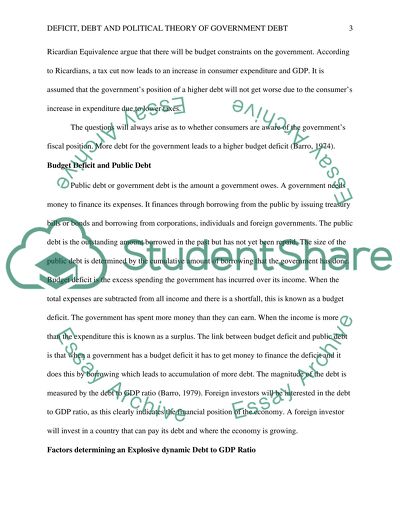Cite this document
(“Deficit, Debt and Political Theory of Government Debt Essay”, n.d.)
Retrieved from https://studentshare.org/macro-microeconomics/1466374-where-macroeconomists-disagree-ypdeficit-debt-and
Retrieved from https://studentshare.org/macro-microeconomics/1466374-where-macroeconomists-disagree-ypdeficit-debt-and
(Deficit, Debt and Political Theory of Government Debt Essay)
https://studentshare.org/macro-microeconomics/1466374-where-macroeconomists-disagree-ypdeficit-debt-and.
https://studentshare.org/macro-microeconomics/1466374-where-macroeconomists-disagree-ypdeficit-debt-and.
“Deficit, Debt and Political Theory of Government Debt Essay”, n.d. https://studentshare.org/macro-microeconomics/1466374-where-macroeconomists-disagree-ypdeficit-debt-and.


